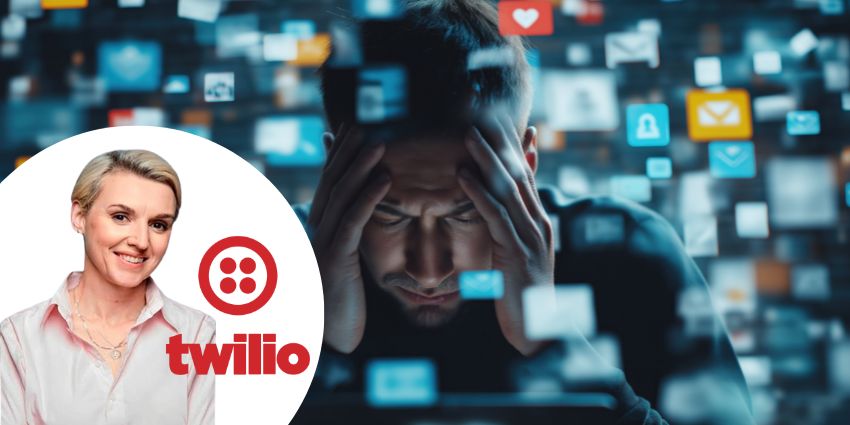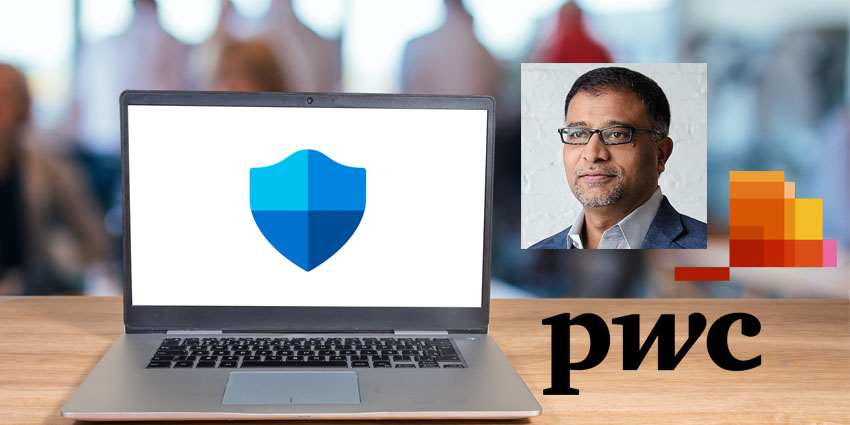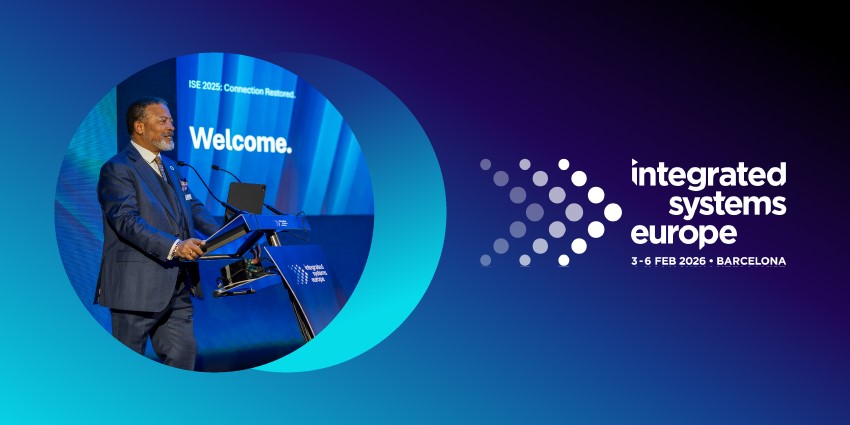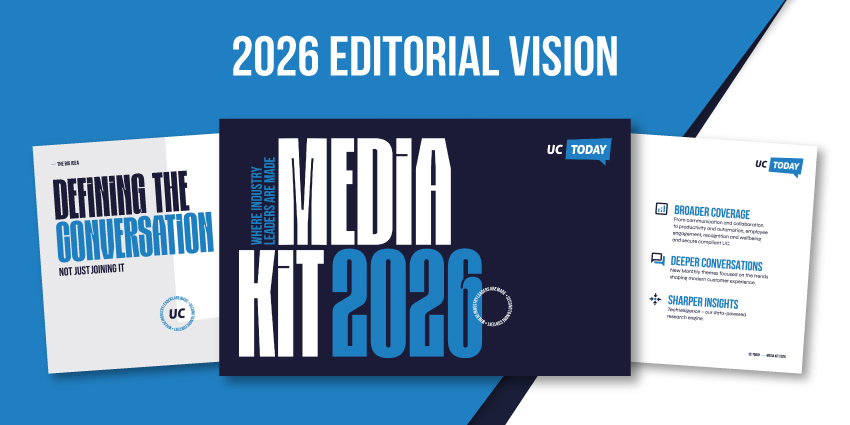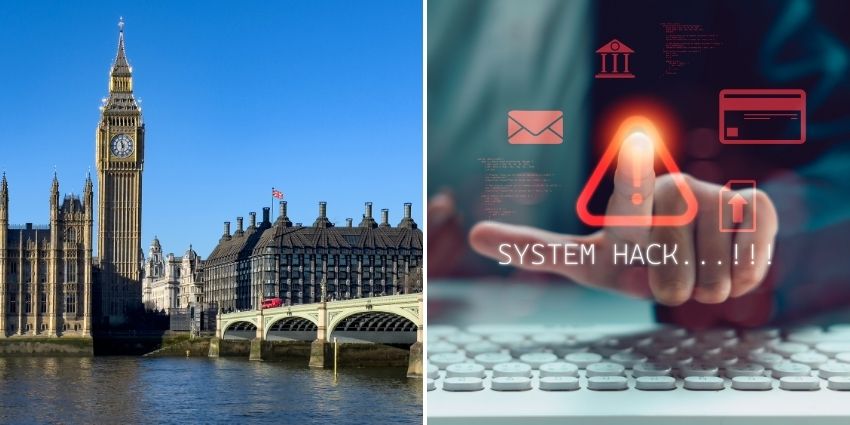In our digital age, the ability to stay connected has made us more productive than ever.
We can use Teams when on a train, send an instant Slack message to staff working remotely, and Zoom call a colleague across the country. Yet, these capabilities to keep us connected are also contradictorily making us unproductive.
That’s according to a Twilio study, which shows 40% of workers report that email and chat notifications actively disrupt their ability to get work done.
With the “always on” culture, more workers are craving periods free from notifications and emails, warning that constant online distractions and the expectation to respond are harming productivity.
So how can companies strike a balance between keeping connected and staying focused?
To find out more, we spoke with Sam Richardson, Director of Executive Engagement, EMEA & APJ at Twilio, about how organizations can implement digital silence policies to protect employee wellbeing and boost productivity.
The ‘Ping Problem’ Wearing Workers Down
Conducted in partnership with YouGov, Twilio surveyed more than 1,200 UK-based workers over the age of 18.
The numbers paint a concerning picture. 38% of workers surveyed feel pressured to be constantly online—such as being immediately responsive to messages and emails—during work hours.
This pressure peaks among younger workers aged 26-30 (47%) and those mid-career aged 41-45 (46%), suggesting those with the most to prove or the heaviest workloads feel the greatest strain.
The result of this pressure is that workers are constantly drawn between tasks, never being able to fully commit without being pulled into something else.
While digital messaging apps and video conference platforms have enhanced collaboration, they’ve simultaneously created an environment where focus has become a luxury rather than a norm.
These findings point to a fundamental imbalance where digital tools distract rather than enhance productivity.
Yet, as Richardson states,
“The goal of technology should unlock productivity, not create distractions.”
“If businesses want to attract and retain the best talent to build for the future, they need to take heed of what workers are telling them,” she says.
With nearly half (44%) more likely to work for a company that regularly offers digital downtime, the incentive for doing so is clear.
Implementing Digital Silence: Tools, Tactics, and Cultural Shifts
Understanding the problem is one thing. Solving it requires practical strategies that balance collaboration with protected focus time.
Equally, what is a successful strategy for one company might not suit the circumstances of another.
For instance, a company with offices across various time zones will have a different rollout than one based solely in one country.
Richardson therefore emphasizes that implementation must be tailored: “Companies planning to formally roll out ‘digital silence’ will need to consider how to best tailor the policy to cater to the needs of their employees. If it suits the organization’s structure, one tactic is to make it a clear, company-wide policy.”
The key challenge here lies in making digital silence workable across different teams and regions.
Transparency, therefore, becomes essential. “Calendar visibility across teams and regions, especially if the policy is not company-wide, will play a major role in this,” Richardson notes.
Without clear communication about when silence periods are active, confusion replaces clarity.
The platforms already in use contain features that support digital silence, but they require deliberate configuration.
“One of the most effective approaches to creating notification-free zones is using automated ‘Do Not Disturb’ settings on platforms like Slack and Microsoft Teams,”
Richardson explains.
These automated settings remove the burden from employees to manually manage notifications.
However, technology alone proves insufficient. The fact that these tools exist but this phenomenon prevails shows that this issue is, first and foremost, a cultural one.
“These tools only work in a culture that actively supports, encourages, and respects their use,” Richardson cautions.
Without leadership buy-in, employees feel pressured to override settings or respond despite protected time.
Leadership commitment starts at the top, as “it’s crucial for leaders to set the tone.” Leaders must model behavior by avoiding messages during protected periods and refraining from expecting replies.
Implementation challenges may still remain, for instance, with junior employees who feel compelled to prove themselves through hyper-responsiveness.
Yet, it is here where leadership needs to actively promote the message throughout the company.
“To overcome this, organizations must actively promote ‘digital silence’ as a company or team-wide norm,” Richardson advises, to remove the stigma from those worried about career implications.
Lastly, companies worried about losing efficiency by having digital downtime should consider new asynchronous ways of working.
“Tools like shared documents, project boards, and collaborative, cloud-based platforms allow teams to contribute in their own time without requiring immediate responses, reducing interruptions from continuous notifications in the process,” Richardson explains.
This shift toward asynchronous communication reduces instant response expectations but allows communication levels to remain, something particularly benefiting distributed teams across time zones.
Building a Sustainable Digital Culture
The shift toward digital silence represents more than a productivity hack—it signals a fundamental rethinking of how we work in an increasingly connected world.
As remote and hybrid work becomes entrenched, digital silence grows increasingly relevant. Without physical office boundaries, employees often log on earlier and work later, filling former commute time with extra hours online.
Scheduled digital silence creates structure in boundaryless environments, setting clear expectations that prevent digital overload. Smaller businesses may find themselves uniquely positioned to benefit.
“With fewer layers of approval and simpler communication structures, their agility allows them to implement policy changes quickly and flexibly,” Richardson observes.
They can use digital silence as a differentiator in competitive talent markets, signaling a progressive, people-first approach.
Although seemingly simple to implement, the cultural shift required shouldn’t be underestimated.
“It may require a cultural mindset shift, especially in organizations where an ‘always-on’ mentality is deeply ingrained,”
Richardson acknowledges.
“Change won’t happen overnight, but with consistent reinforcement and support, companies can gradually move toward a more balanced digital culture.”
Digital silence should be framed to protect wellbeing and boost productivity, not restrict collaboration. Teams need autonomy to tailor schedules based on workflow and project demands, putting workers in control rather than imposing rigid mandates.
In an era where constant connectivity threatens the very productivity it promised, digital silence offers organizations a clear path forward—one that safeguards employee wellbeing while protecting their productivity.
